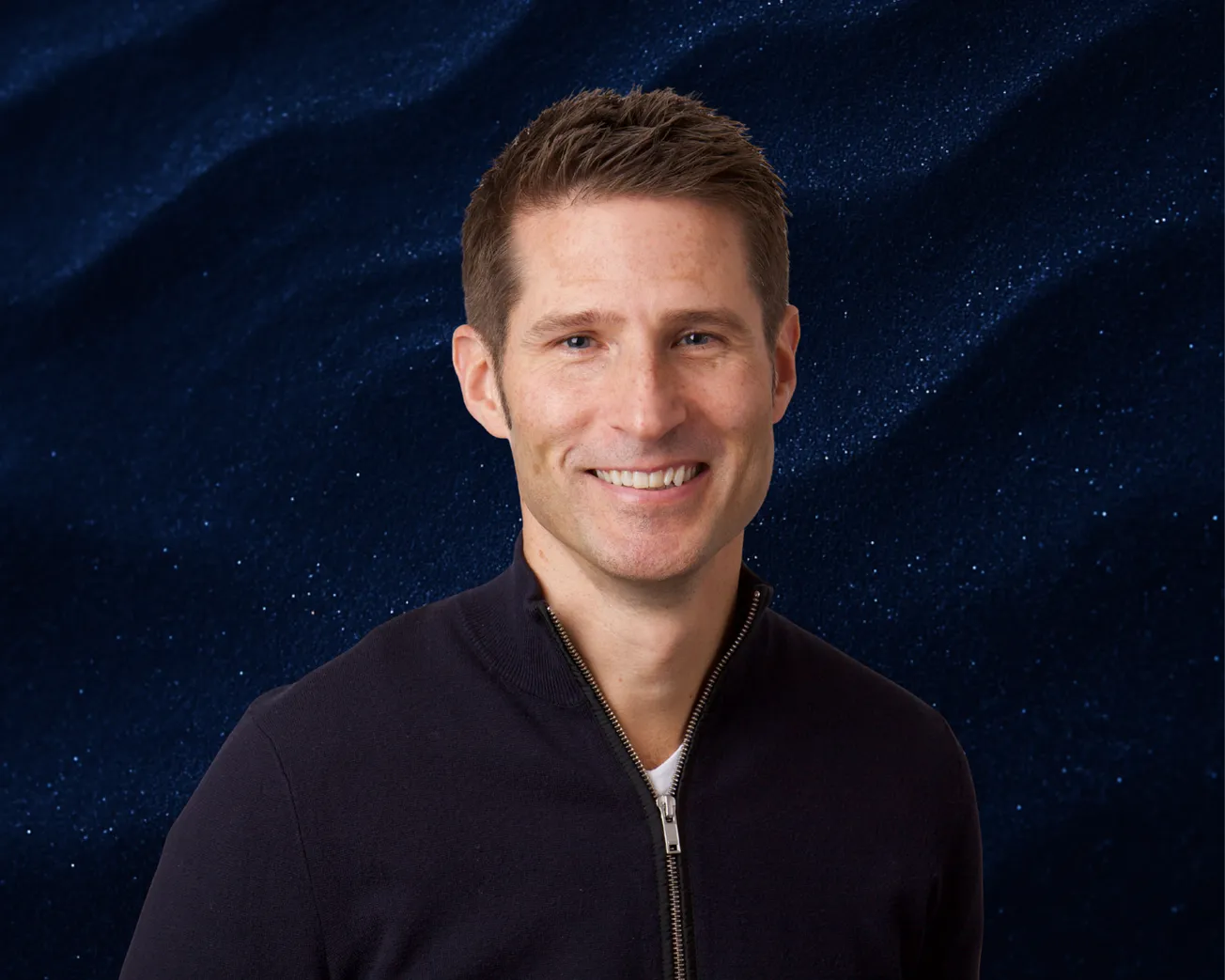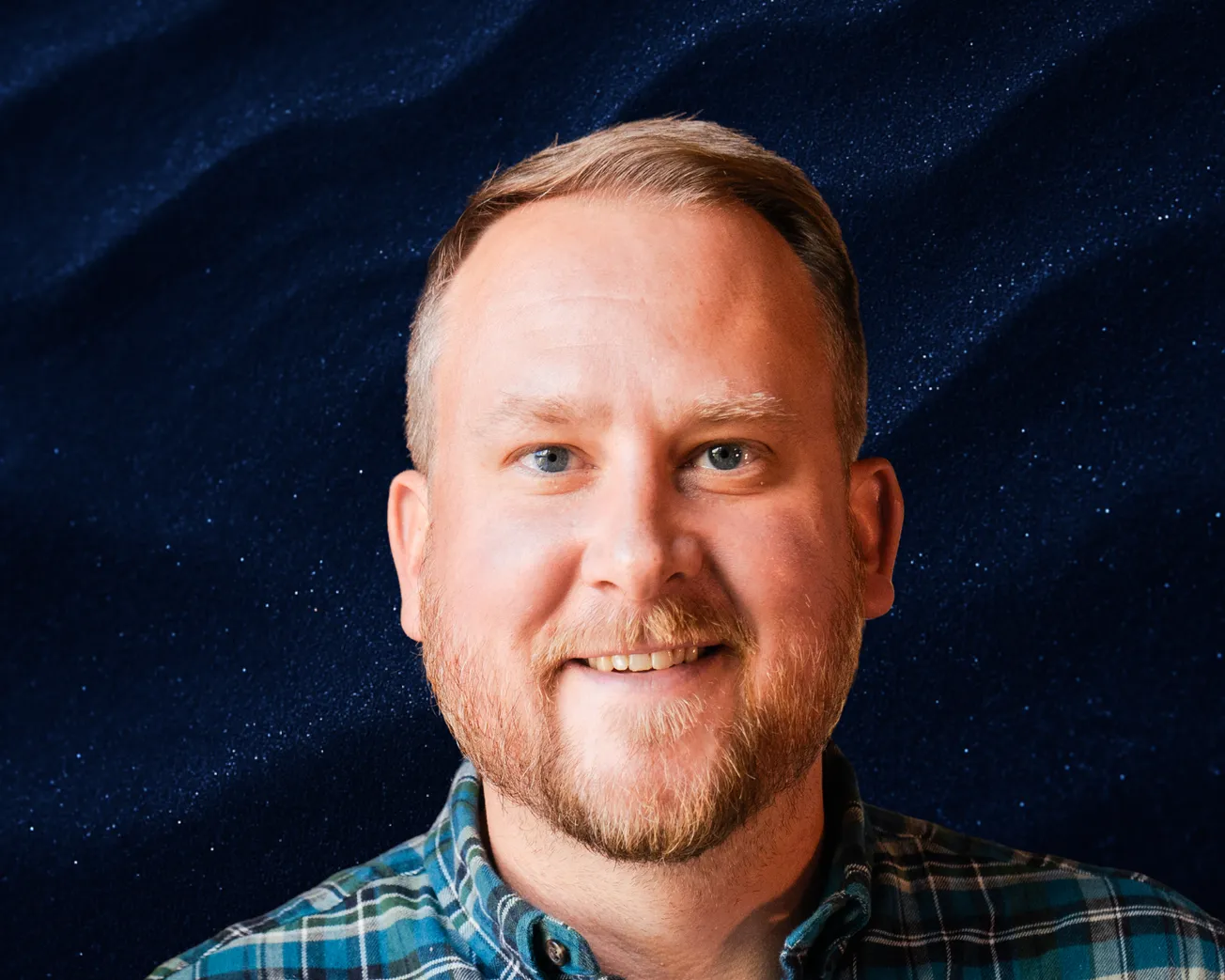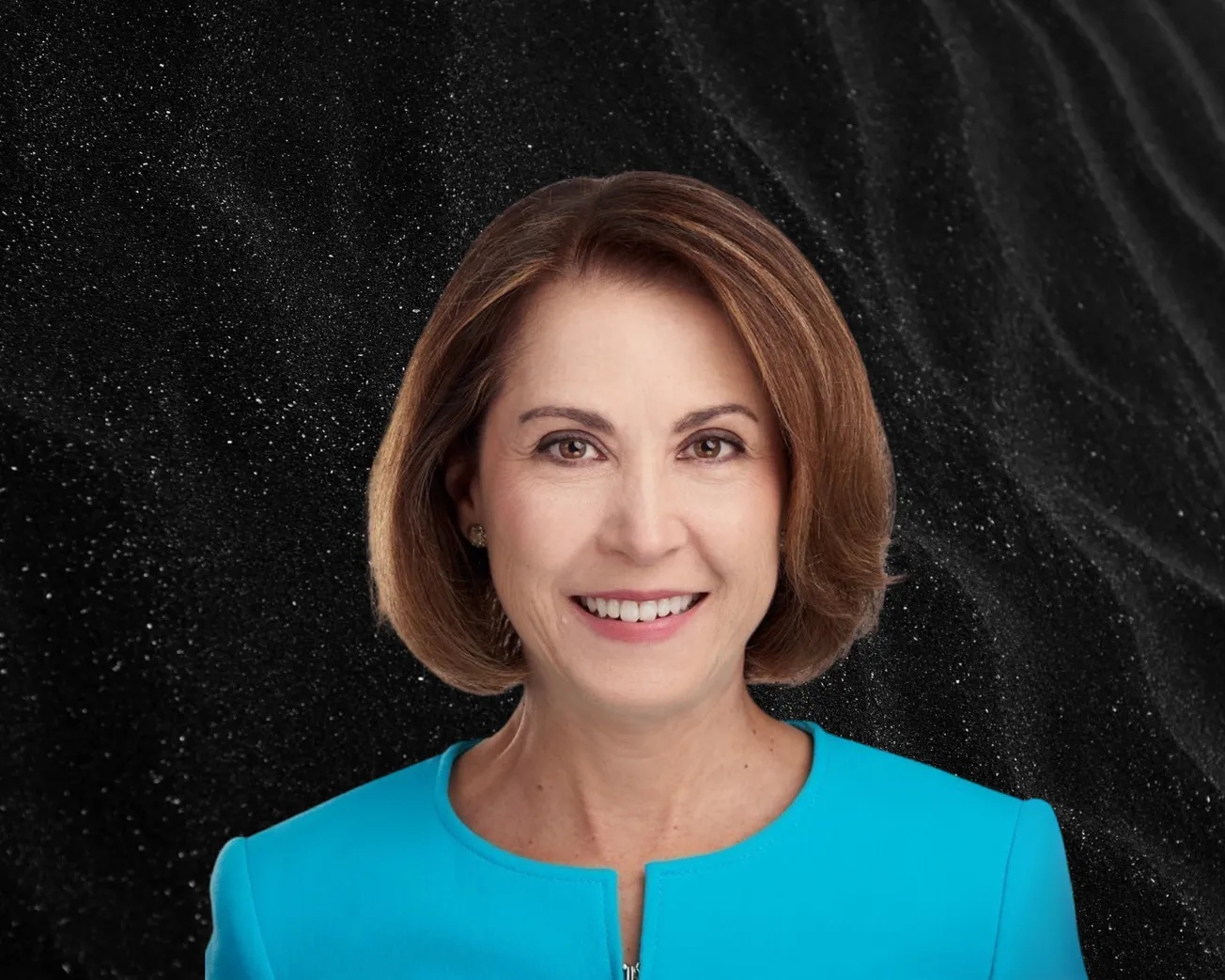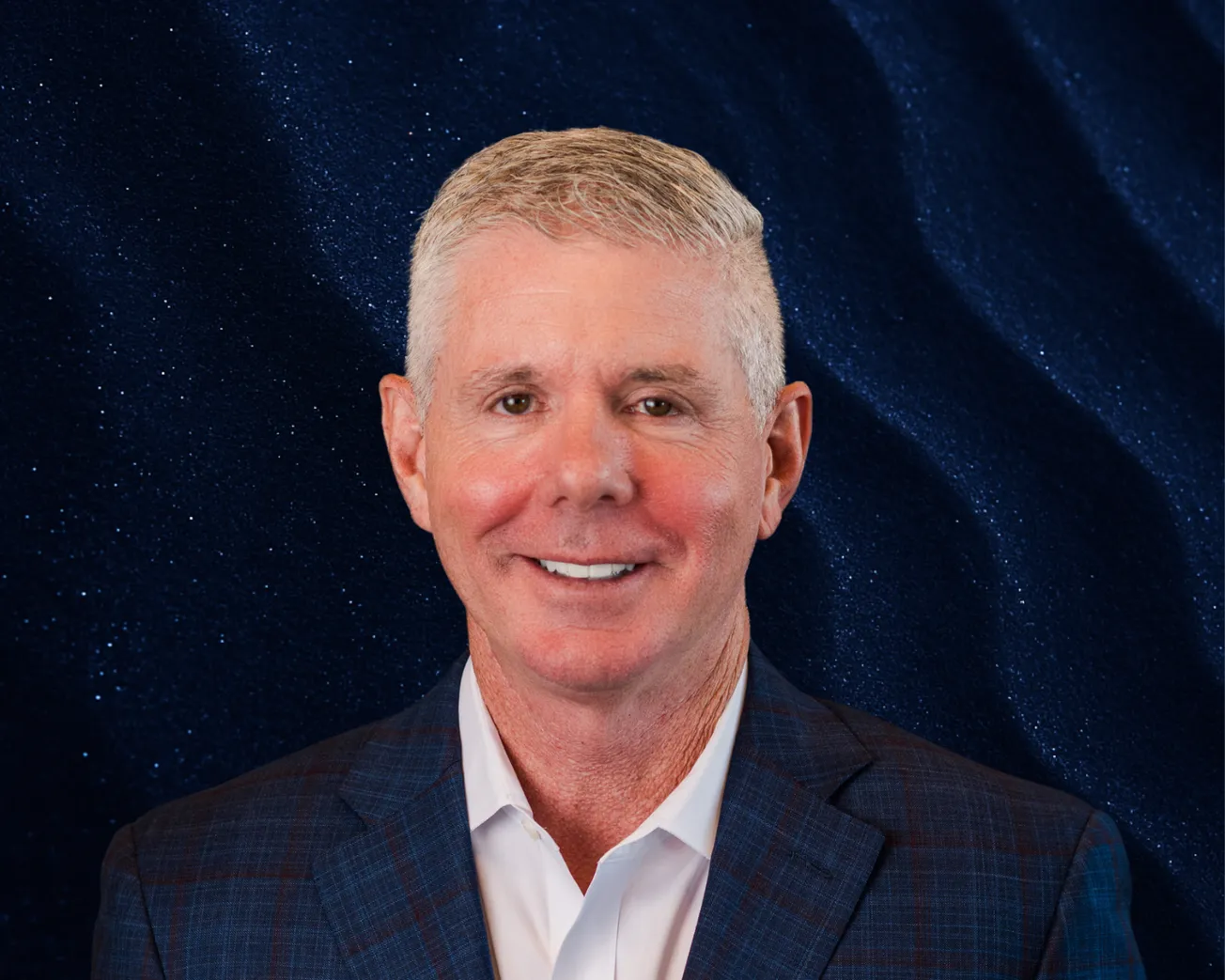Table of Contents
James Reinhart, CEO & Co-Founder of ThredUp, sat down with Onyx for a feature-length interview.
Could you give our readers a bit of background into your career journey and what led you to become CEO of ThredUp?
Sure! I grew up in New Jersey. I was a kid who was always hustling - I had lawn mowing businesses and I worked in restaurants. I was always on the move!
I went to Boston College, where I studied History and Philosophy, because I was interested in ideas and how they impacted people. Then, I became a teacher in California, and, for a few years, I taught History and English to eighth and tenth graders. I was excited about the impact that education was having on those whom I taught, but, similarly, there were also really interesting things that the government was doing to stimulate innovation, at the time. So, pursuing that, I did a joint degree in business and public policy at Harvard. Somewhere along, I realized the through line of my career: I wanted to figure out how to do well - the hustle of building something big - and do good - by making a difference.
In the second year of business school, I ran out of money, so I went to sell my clothes at a local consignment store. They wouldn’t take them, telling me that “we just do luxury; we don’t do men’s.” On hearing that, I thought that something seemed broken. That was the founding idea for ThredUp: there had to be a better way!
From a consumer perspective, what does the journey look like?
It starts with sellers. People have closets full of clothes that they don’t wear. One of the key insights, when we talk to women - currently, we just do women’s and kids’ clothing - is that they don’t wear more than half of the items that are in their closet! In fact, it’s usually closer to a third.
So, it starts with a woman saying, “I don’t wear any of this stuff. I want to get rid of it, and I want it to be easy.” We send a branded Clean Out Kit, which is a bag that holds a laundry basket’s worth of clothes. You can also just use a box and print a label. Fill it up, send it in, and then we do the work.
We process everything in, what is effectively, the world’s largest processing facility for individual clothing items. We take photos, put each piece online and merchandize it. Buyers shop just as they would anywhere else, such as Nordstrom or Amazon, and we ship their purchases. Rinse and repeat.
Why just women’s and kids’ clothing, not men’s?
Primarily because the men’s apparel market is smaller, and men’s resale is even smaller still.
There are two reasons: firstly, men wear the same four colors - blue, black, brown and grey. Also, men wear their clothes out. By the time that we’re done with them, nobody else wants to buy them again! The yield in men’s resale is much lower. Swapping one blue shirt for another blue shirt doesn’t make for a great demand curve!
Every time I say that, 99 out of 100 guys nod and say, “Yeah, that’s me.”
How does Resale as a Service fit into all this?
That’s the work that we do on behalf of brands. Less than ten years ago, I believed two things; firstly, that brands would need to stay relevant with young people shopping second-hand at higher rates; and secondly, that they’d face increasing pressure to be more sustainable.
So, we asked the questions: “why are we keeping resale for ourselves? Why not help brands too?” Today, we power resale programs for close to 50 brands of all sizes. Big, small, and in between.
For instance, if you go to J.Crew’s website and click on ‘Pre-Loved’ - they’re all second-hand items that have been powered by ThredUp, but are purchasable on jcrew.com. Some brands want it totally white-labeled. Others want our name tied in, because of the credibility that we have in resale. We’re agnostic.
Are brand partnerships the priority for ThredUp or expanding your B2C base?
Both. Our core initiatives are about encouraging organic growth, by getting more people to sell, and shop, second-hand. Resale as a Service helps to amplify that - by building awareness with brands and retailers. Over the long term, we must get both right, but, as of right now, we’re more focused on the core.
Your 2024 Impact Report says 230 million second-hand items have been processed. How do you manage that?
Day by day, it’s a lot of stuff! We’ve built our infrastructure around it.
We now operate four facilities across the US, with close to a million square feet of processing capacity. Think about them as being the world’s largest garment-on-hanger facilities, like a massive dry cleaners, only without the dry-cleaning part. Clothes get whisked away into storage, thanks to a lot of automation.
Every item is treated as a unique SKU. We affectionately call them ‘snowflakes’ - every item’s a snowflake. Our technology has been built around that idea.
As a seller, do I know in advance what I’ll make?
There’s a calculator online. You can put in your items, and it’ll tell you, “We’ll sell this for X, you’ll make Y.” Once you send them in, we list them. If an item’s unsold for 40 days, we’ll mark it down and run discounts.
As a seller, you’re trusting us to do our best to monetize your item. A lot of what we do is build trust and educate people on what things are really worth. That’s the biggest challenge in resale: everybody thinks their stuff is worth more than it actually is.
How do you decide what to take and what to reject?
We’re upfront about the 35,000 brands we take. Some, we reject because they’re very low quality or fast fashion. But the number one reason that we reject items is due to their quality.
Our commitment to buyers is that we offer a high bar. There will be no holes, missing buttons or stains. The main thing that we tell sellers is not to send us items that you wouldn’t want to buy yourself.
What sustainability challenges do you face?
The hardest is education. The saddest thing for me is when we get bags of clothes that aren’t washed or were never prepped. We can’t resell those. Educating customers on how to increase resaleability is key.
We also have to manage our own carbon footprint. We ship a lot, which is why we encourage people to send full boxes, not one item at a time. Education’s the hardest, but we’re investing in it.
Tell me about the Recommerce 100.
It’s a way to spotlight brands who are really investing in resale. A few years ago, I was frustrated, as brands would launch a resale program, which would sometimes only constitute ten items! A billion-dollar business and a single page of second-hand?! That doesn’t mean you’re in the resale business.
So, we created the Recommerce 100 to take a longitudinal look and ascertain who’s actually living up to their public statements. It’s also a way to celebrate brands who are trying. Not everyone gets it right, but you should, at least, try!
I noticed the list includes Patagonia, but also Zara and H&M - brands whom some would call fast fashion.
That’s right. I think H&M has done a really good job in trying to lead. They don’t hide from the fact that they sell clothing cheaply, but they’ve made commitments on circularity and invested in fiber-to-fiber recycling. They’re trying to be better corporate citizens.
Compare them to Shein - it’s Snow White and Darth Vader. We want to encourage, and celebrate, the H&Ms of the world.
Recommerce 100 shows adoption of resale as having boomed between 2021 and 2022. What drove that?
I think it was a mixture of things. ThredUp showed progress with Resale as a Service, and then, new startups entered the market - companies like Treet doing peer-to-peer resale, or Archive Resale.
I like to think we inspired copycats, or, as I call them, tribute bands. And those tribute bands helped drive growth.
Looking a decade ahead, where do you want ThredUp to be?
We don’t think this market’s slowing. Second-hand in the U.S., and globally, is projected to nearly double by 2030!
Our mission is to keep pioneering - showing consumers and brands what’s possible and inventing technology to make resale easier and more effective. The short answer is that the world needs more resale!
How has your History and Philosophy background shaped your leadership?
I think it’s made me very driven by first-principles. I care about strategy, about how and why we make decisions, about what’s a priori true and what’s true when backed by data.
Not every CEO approaches decisions in that way. Philosophy gave me rigor in both understanding complexity and justifying beliefs. While I can’t point to any one thing specifically, the training’s been very helpful, overall!






